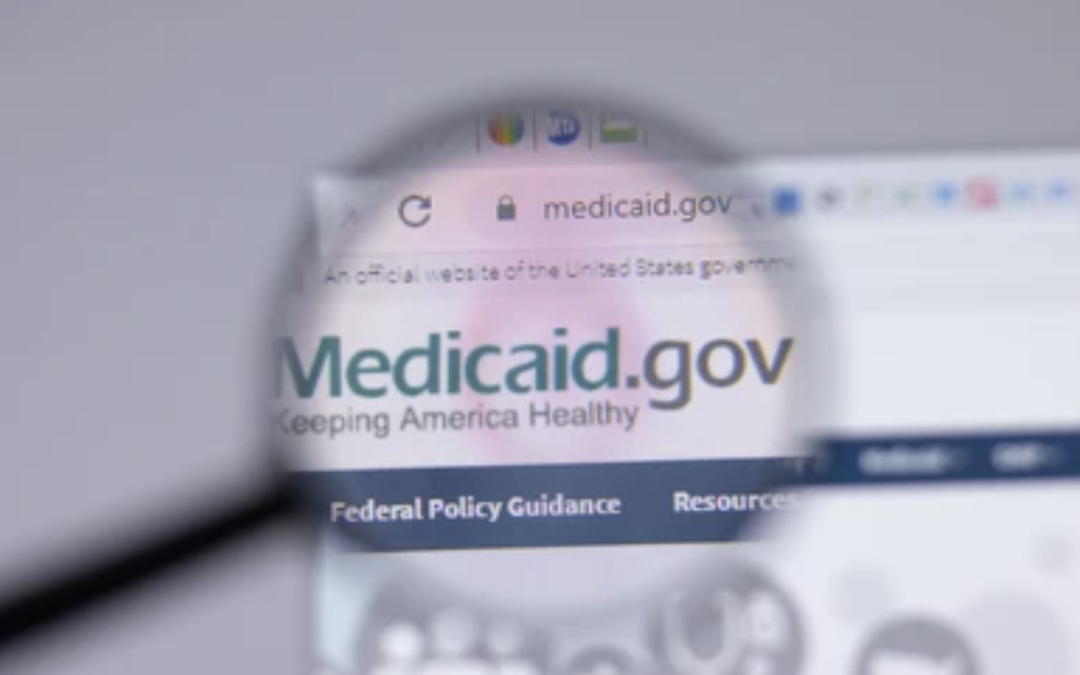On March 31, 2023, Medicaid continuous enrollment came to an end along with the temporary provisions of the COVID-19 public health emergency. The policy, introduced by the federal government under The Families First Coronavirus Response Act (FFCRA), had been instrumental in ensuring individuals who qualify for Medicaid could maintain coverage without interruption. Now, states have up to 12 months to return to normal eligibility and enrollment operations.
What does this mean for patients and providers?
This policy change is considered the largest health coverage transition event since the first open enrollment period of the Affordable Care Act, and will affect nearly 15 million people. Of these 15 million people, approximately:
- 8.2 million will lose eligibility owing to demographic changes.
- 6.8 million will lose coverage due to administrative churning and eligibility redetermination errors (even if people remain eligible).
As coverage gaps disrupt access to health services and increase the risk of uncompensated care, it is important for all patients and providers to be aware of these changes and understand how they might be affected. For patients, the end of Medicaid continuous enrollment means that they will need to reapply for benefits each year in order to maintain coverage, which can be a confusing and time-consuming process. For healthcare providers who serve Medicaid patients, the end of Medicaid continuous enrollment could create significant financial challenges if they are not reimbursed for the care they provide to patients who have lost their Medicaid coverage.
How can providers mitigate the disruptions in coverage and care?
While patients navigate the complex process of re-enrollment, providers can take steps to proactively identify patients who have lost their coverage and help them reapply for benefits.
Here are two main ways providers can leverage automated revenue cycle software to mitigate the impact of this wind-down:
- Verify Medicaid eligibility at every step of the patient journey. Providers can verify if a patient has active Medicaid coverage using maxRTE’s Insurance Eligibility Verification software both in real time at the point of registration or via daily, weekly, or monthly batches. maxRTE can help identify which patients need to reapply for Medicaid and get them the assistance they need to navigate the process. Implementing an automated solution also reduces the administrative churning and eligibility redetermination errors that are estimated to drive Medicaid coverage losses. With more clarity around enrollment and eligibility, providers will spend less time chasing Medicaid reimbursement for disenrolled patients, and will avoid denials and payment delays.
- Locate missing coverage for patients who lost their Medicaid coverage. For patients who are no longer eligible for Medicaid due to demographic changes, providers can use maxRTE Insurance Discovery to run further coverage checks for unknown insurance. maxRTE can help identify additional exchange plans, Tricare, and commercial coverage (e.g. from a spouse) that may have been overlooked at the point of registration. Insurance Discovery will also help providers avoid unnecessary bad debt write-offs while eliminating manual, time-intensive processes.
The bottom line
Providers should use automated processes at every step of the patient journey to not only re-verify Medicaid coverage, but also help locate any active coverage that may have been overlooked. By using maxRTE real-time eligibility verification and insurance discovery, providers can identify patients who have lost their Medicaid coverage and work with them to reapply for benefits. This can help ensure that patients maintain their coverage and can access the care they need, while also helping providers to receive reimbursement for the care they provide, even in the face of changing policies and regulations. Learn more about how maxRTE’s Insurance Discovery software stands above the rest and request a free test file today.
